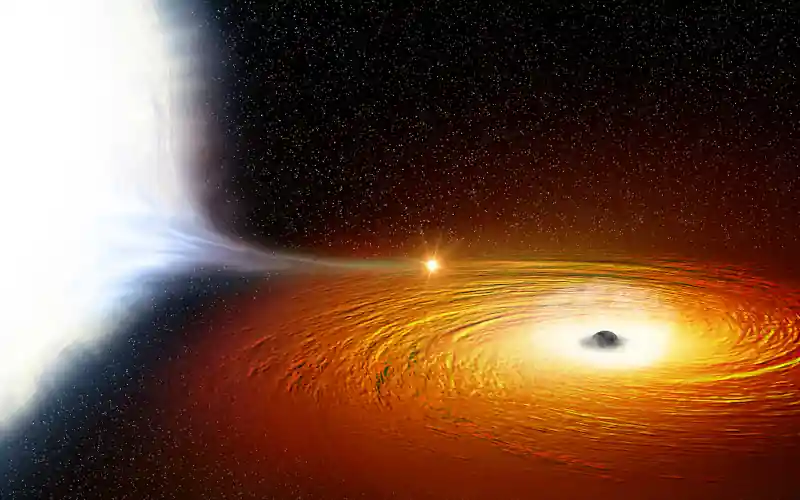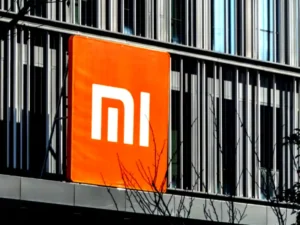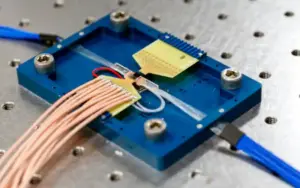Black Hole Interaction Sparks Unusual Supernova Event

- Astronomers document a rare supernova triggered by a black hole-star merger, offering new insights into stellar death and binary systems.
A Catastrophic Encounter in Deep Space
Astronomers have identified a previously undocumented type of supernova, resulting from a massive star’s close interaction with a black hole companion. The event, designated SN 2023zkd, occurred approximately 700 million light-years from Earth and was first flagged by an AI algorithm designed to detect unusual cosmic explosions. In this binary system, both the star and black hole had similar masses, but the star’s larger size made it vulnerable to gravitational distortion. Over time, the black hole siphoned material from the star, ultimately triggering a violent explosion.
The star’s outer hydrogen layer was stripped away, exposing its helium core, a process that unfolded over several years. Researchers observed bright emissions both before and after the explosion, indicating sustained mass transfer and debris consumption. The supernova released more energy in a single second than the sun will emit over its entire lifespan. Following the event, the black hole grew in mass and gravitational strength, absorbing the remnants of its stellar partner.
Unraveling the Mechanism Behind the Blast
While the exact trigger remains uncertain, scientists propose two possible scenarios for the explosion. One hypothesis suggests that gravitational stress induced instability, causing the star to collapse and explode before being consumed. Alternatively, the black hole may have torn the star apart entirely, with the supernova resulting from debris colliding with surrounding gas. Both interpretations point to a rare and complex interaction between massive celestial bodies.
The binary system originally consisted of two massive stars, one of which had previously undergone a supernova and collapsed into a black hole. As the surviving star expanded and attempted to engulf its companion, the black hole’s compact gravity overwhelmed it. This dynamic illustrates how binary relationships can dramatically alter the life cycle of stars. The findings challenge conventional models of supernova formation and highlight the role of gravitational companions in stellar evolution.
AI’s Role in Capturing a Rare Phenomenon
The discovery was made possible by an artificial intelligence algorithm that scans the sky for anomalies in real time. Upon detecting SN 2023zkd, the system issued an alert that enabled astronomers to initiate immediate follow-up observations using both ground-based and space telescopes. Archival data revealed that the star had been gradually brightening for four years prior to the explosion, a behavior rarely seen in supernova precursors. This extended activity provided crucial context for interpreting the event’s unusual light curve.
The explosion featured a double-peaked brightness pattern, with a delayed re-brightening caused by the shockwave interacting with previously shed material. Such features suggest that the star had been under extreme gravitational stress long before its final detonation. Researchers believe this may represent a broader class of hidden supernovae that AI tools are uniquely positioned to uncover. As observational technologies advance, astronomers anticipate identifying more events shaped by binary dynamics and compact companions.
A Glimpse into Future Discoveries
|









